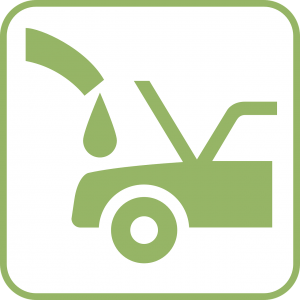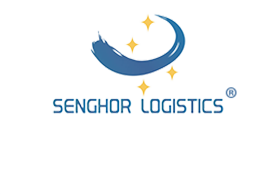With the prosperity of China's international trade, there are more and more trade and transportation channels connecting countries worldwide, and the types of goods transported have become more diverse. Take air freight as an example. In addition to transporting general cargo such as clothing, holiday decorations, gifts, accessories, etc., there are also some special goods with magnets and batteries.
These goods that are determined by the International Air Transport Association to be uncertain whether they are dangerous for air transport or that cannot be correctly classified and identified need to be issued an air transport identification before shipment to identify whether the goods have hidden dangers.
Which goods require air transport identification?
The full name of the air transport identification report is "International Air Transport Conditions Identification Report", commonly known as air transport identification.
1. Magnetic goods
According to the requirements of the IATA902 International Air Transport Agreement, the intensity of any magnetic field at a distance of 2.1m from the surface of the object to be tested should be less than 0.159A/m (200nT) before it can be transported as general cargo (general cargo identification). Any cargo containing magnetic materials will generate a magnetic field in space, and magnetic cargo safety inspections are required to ensure flight safety.
Common products include:
1) Materials
Magnetic steel, magnets, magnetic cores, etc.
2) Audio materials
Speakers, speaker accessories, buzzers, stereos, speaker boxes, multimedia speakers, speaker combinations, microphones, business speakers, headphones, microphones, walkie-talkies, mobile phones (without batteries), recorders, etc.
3) Motors
Motor, DC motor, micro vibrator, electric motor, fan, refrigerator, solenoid valve, engine, generator, hair dryer, motor vehicle, vacuum cleaner, mixer, electric small household appliances, electric vehicle, electric fitness equipment, CD player, LCD TV, rice cooker, electric kettle, etc.
4) Other magnetic types
Alarm accessories, anti-theft accessories, lift accessories, refrigerator magnets, alarms, compasses, doorbells, electricity meters, watches including compasses, computer components, scales, sensors, microphones, home theaters, flashlights, rangefinders, anti-theft labels, certain toys, etc.
2. Powder goods
Air transport identification reports must be provided for goods in the form of powder, such as diamond powder, spirulina powder, and various plant extracts.
3. Cargoes containing liquids and gases
For example: some instruments may contain rectifiers, thermometers, barometers, pressure gauges, mercury converters, etc.
4. Chemical goods
Air transportation of chemical goods and various chemical products generally requires an air transport identification. Chemicals can be roughly divided into hazardous chemicals and ordinary chemicals. Commonly seen in air transport are ordinary chemicals, that is, chemicals that can be transported as general cargo. Such chemicals must have a general cargo air transport identification before they can be transported, which means that the report proves that the goods are ordinary chemicals and not dangerous goods.
5. Oily goods
For example: automobile parts may contain engines, carburetors or fuel tanks containing fuel or residual fuel; camping equipment or gear may contain flammable liquids such as kerosene and gasoline.

6. Goods with batteries
The classification and identification of batteries is more complicated. Batteries or products containing batteries may be dangerous goods in Category 4.3 and Category 8 and Category 9 for air transport. Therefore, the products involved need to be supported by an identification report when transported by air. For example: electrical equipment may contain batteries; electric equipment such as lawn mowers, golf carts, wheelchairs, etc. may contain batteries.
In the identification report, we can see whether the goods are dangerous goods and the classification of dangerous goods. Airlines can determine whether such cargo can be accepted based on the identification category.
Post time: Mar-07-2024




















